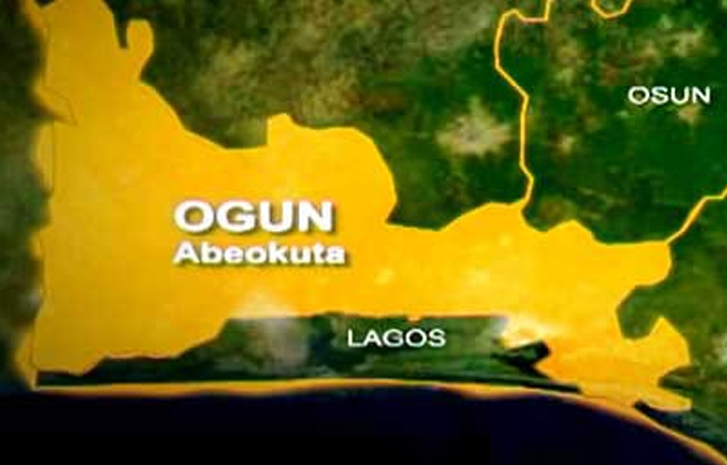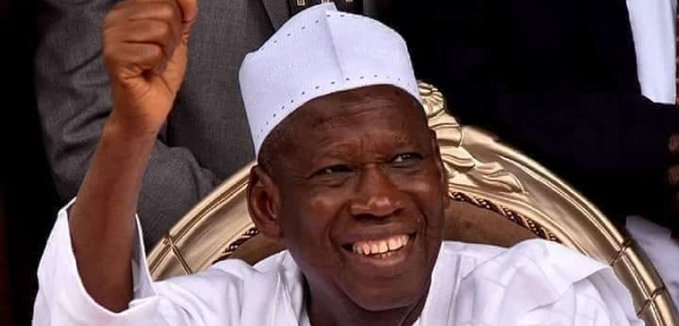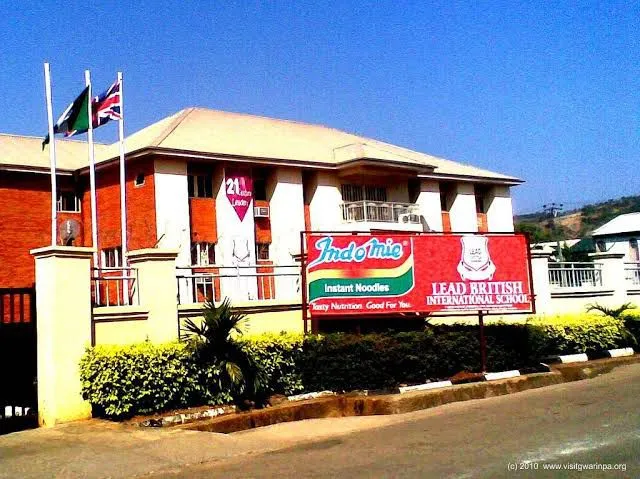Alternative Perspective: Cost Of Governance


In any establishment, the workforce is an indispensable tool to the smooth running of processes. Governments are not exceptions as they make use of civil servants, also referred to as the bureaucracy, to achieve set objectives, especially those in the manifestoes of political office holders. Osun is not an exception. The state and local government civil servants need to be applauded for their support for the administration of Ogbeni Rauf Aregbesola in the past seven years, especially during the exceptionally trying period of the administration as exemplified in 2015.
The current economic situation which the state is going through is not peculiar to Osun. Daily perusals of newspapers and other news channels have endless stories of how other states and even the federal government have been finding it extremely difficult to live up to expectations as far as salaries and allowances of their workers are concerned. But Osun seems to have found a way round the problem through the creative modulated salary system and it is working. Same could not be said of many of the other states in Nigeria. Workers and pensioners in most of these states are being owed between three and fourteen months.
Observations from the positive workplace relationships in Osun show that if organizations are to achieve their goals, leaders must recognize their followers or employees as partners in progress. When this is done, workers will show commitment to their work. The interdependence between leaders and followers is germane to the success of any leader and ensures a continuous pattern of organizational development.
From the above, one can conclude that leadership (the government) has really proven to be adequate in the processes of governance in the state, while the workers are greater partners in progress in the State of Osun.
But according to economic experts like Dr. Charles Akinola, a government insider, things are however not rosy in Osun. The governor is not responsible for the turn of events. Aregbesola has tried to avert the non-payment of salaries, despite lean resources. “95 per cent of the monthly allocation from Abuja is used to pay salaries. The population of workers is one per cent of the population of the state. The one per cent takes 95 per cent. How do we take care of other people? That is the dilemma,” Akinola lamented.
Obviously toeing on the thoughts of Akinola, another expert, a development analyst from European Union, Professor Larry Tom gave a graphic description of Akinola’s revelation above: “How do you explain the drain of Osun resources by a very tiny group of workers? What can mere 5% of the lean resources do for the state? I think these workers need to wear a thinking cap and stop this selfish depleting of the people’s common wealth by obviously unearned wages”.
In responding to the stack financial realities, Osun has embarked on a financial restructuring of sorts. It has entered a dialogue with labour unions. A standing committee headed by veteran union leader, Comrade Hassan Sunmonu, has agreed on a modulated salary structure. Under the arrangement, Level 1 to Level 7 collect full salary; Level 8-12 collect 75 percent while Level 12-17, described as the fat cats, and all political office holders collect 50 per cent of their salaries.
Those on Level1-7, who receive full salary constitute 68 per cent of the workers; Level 8-12 constitute 25 per cent while Level 8 and above constitute less than 10 per cent. This implies that, even in a recession, the most vulnerable segment of workers has been given social protection.










